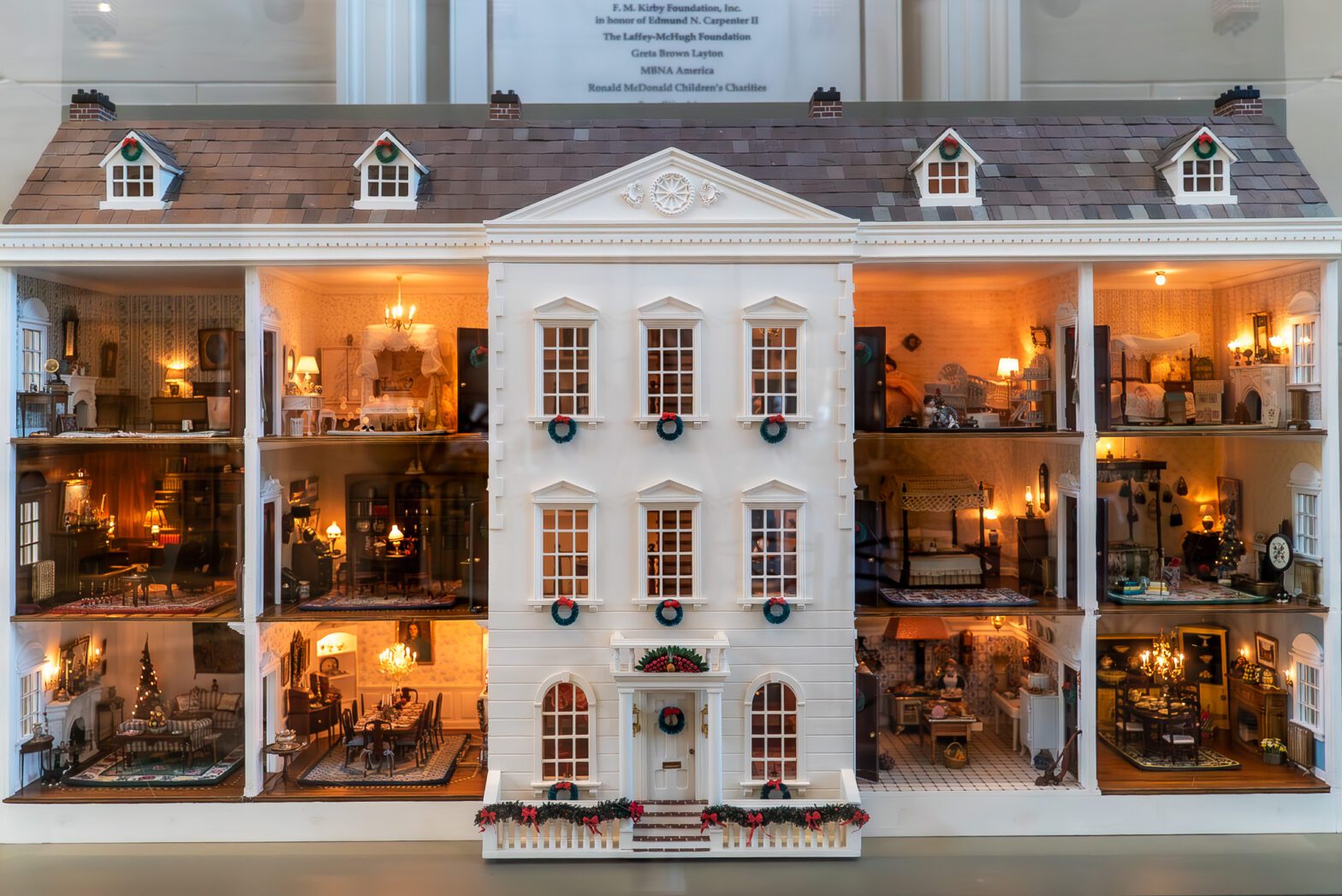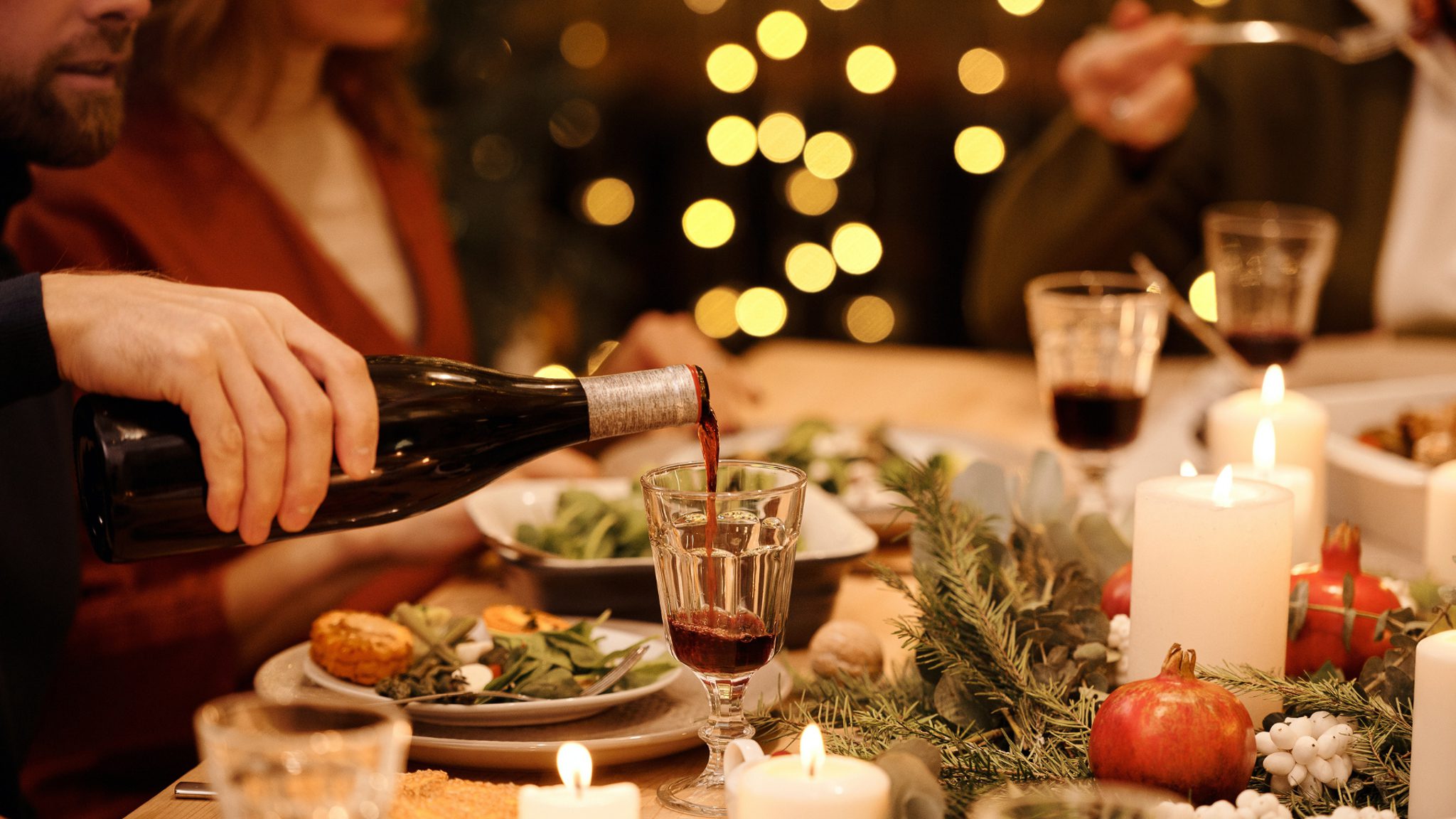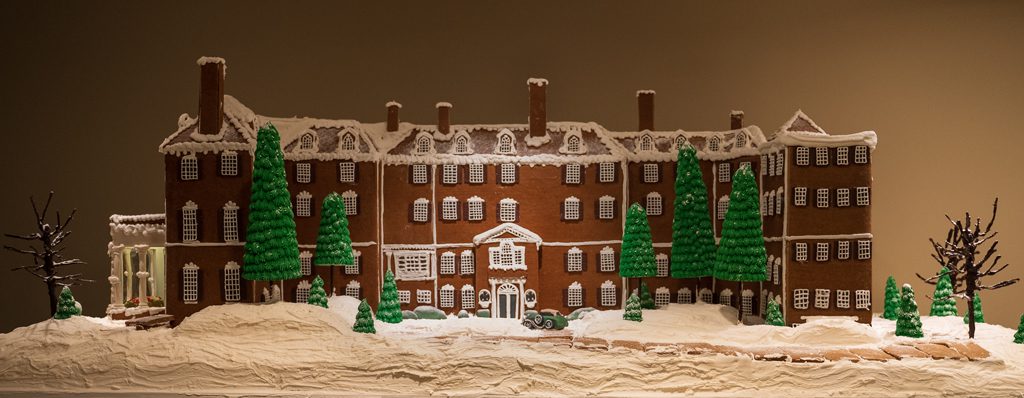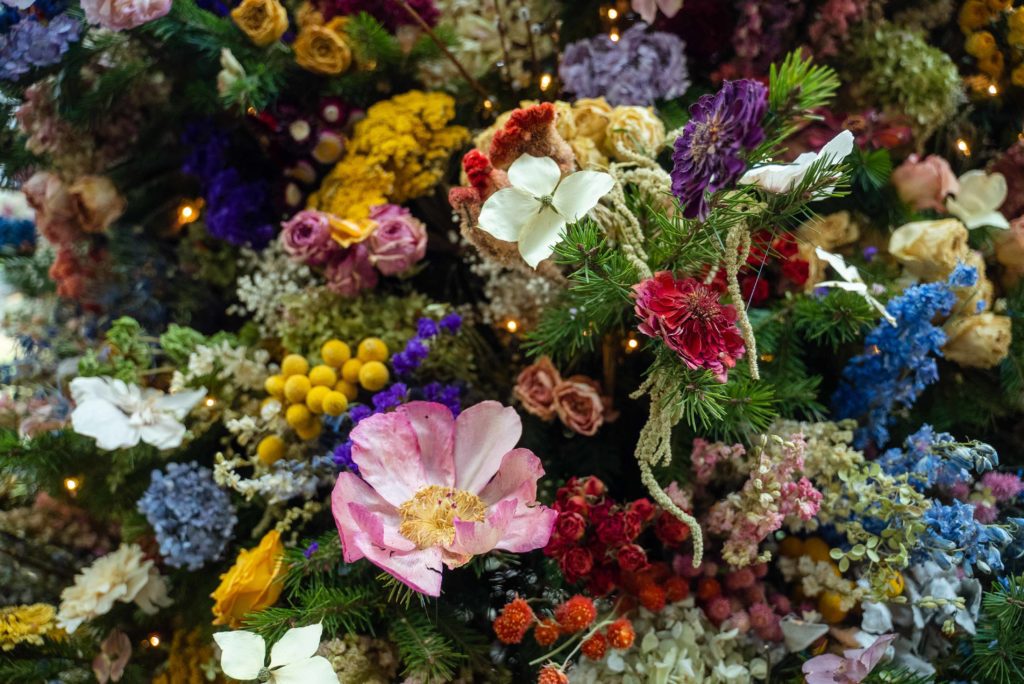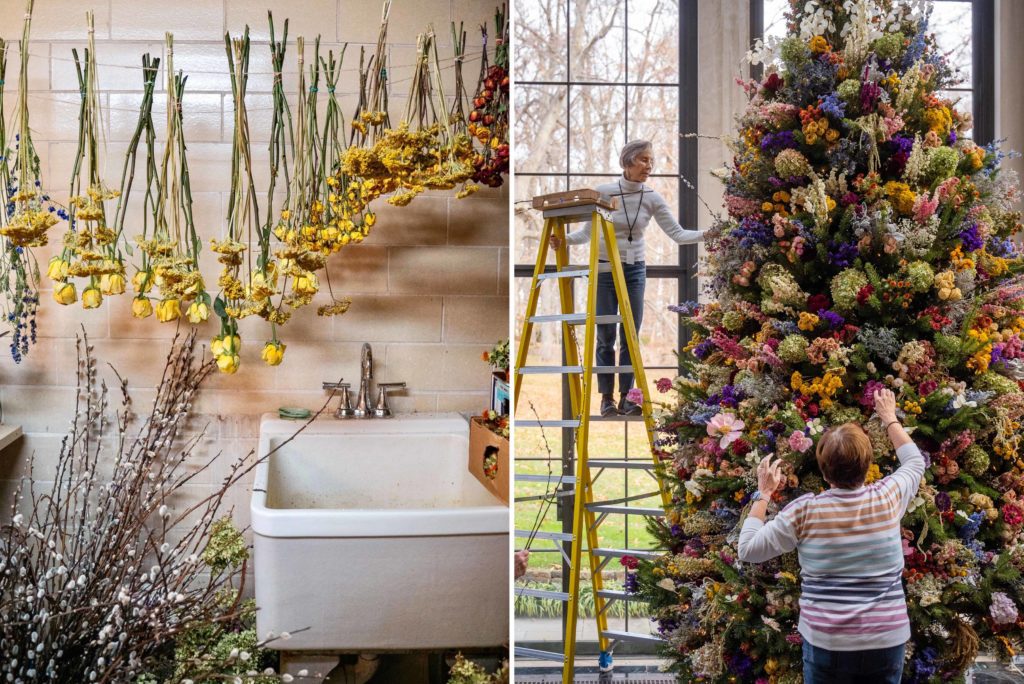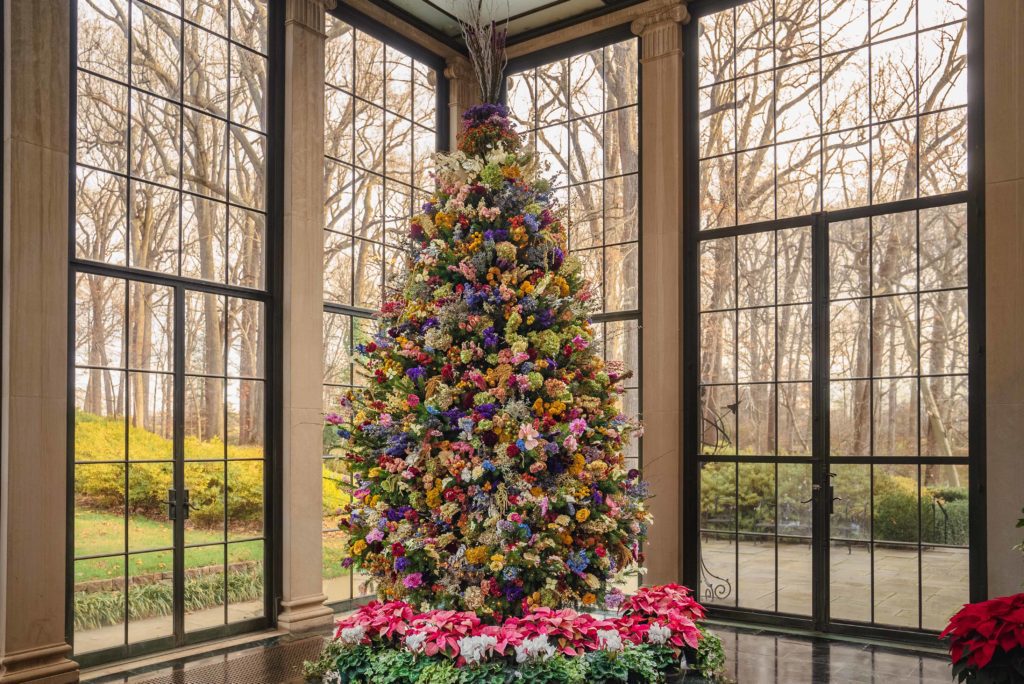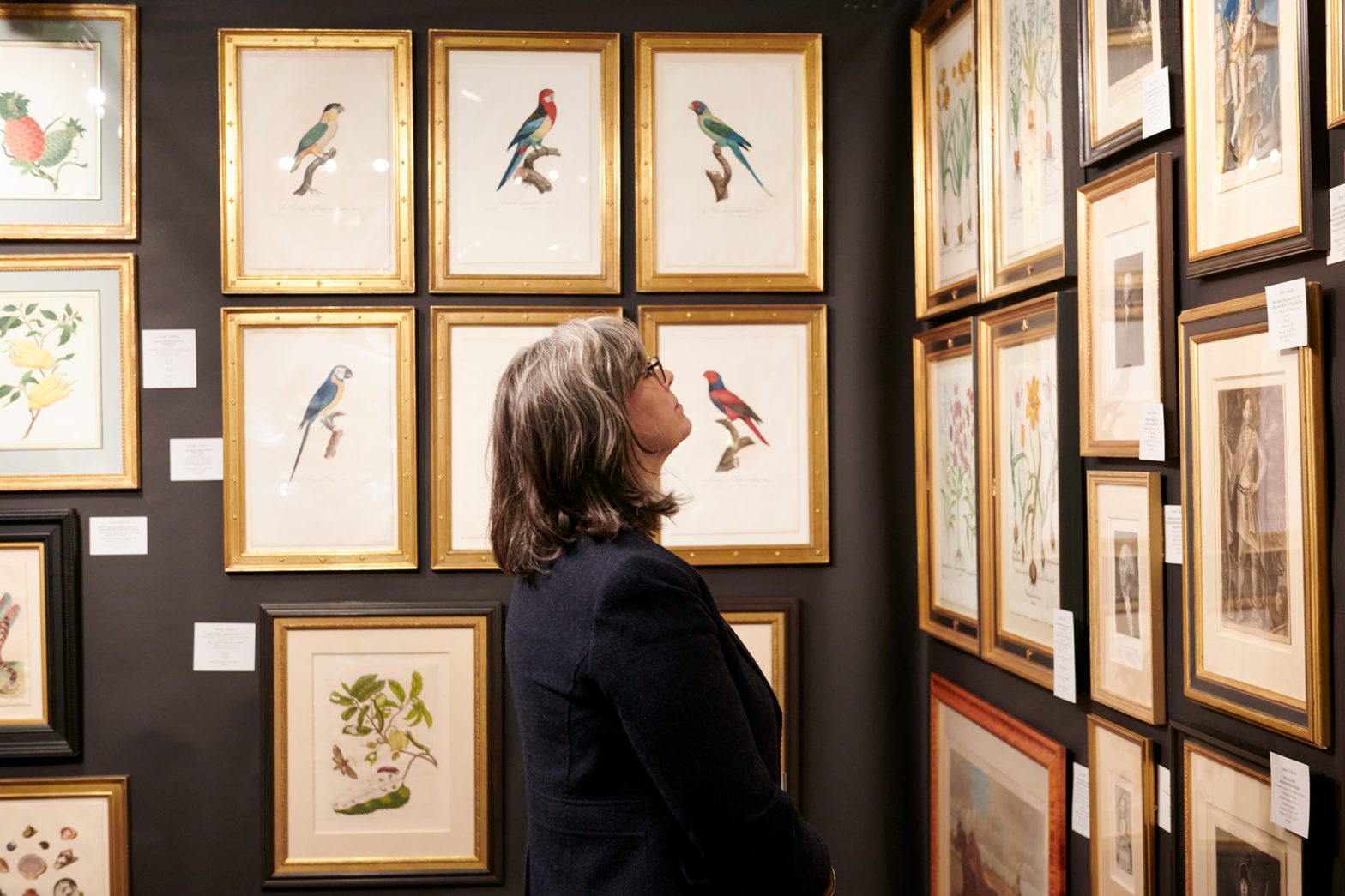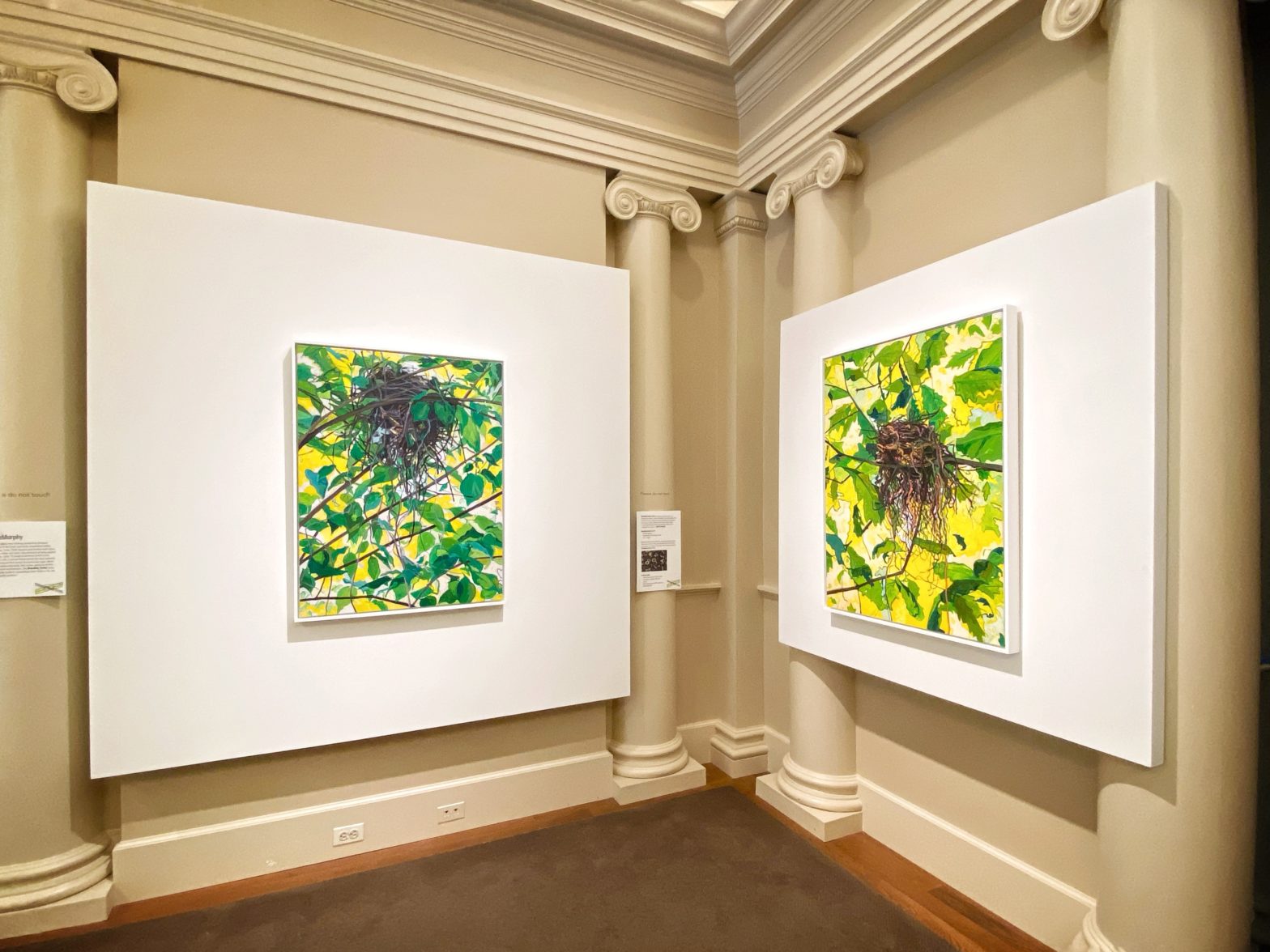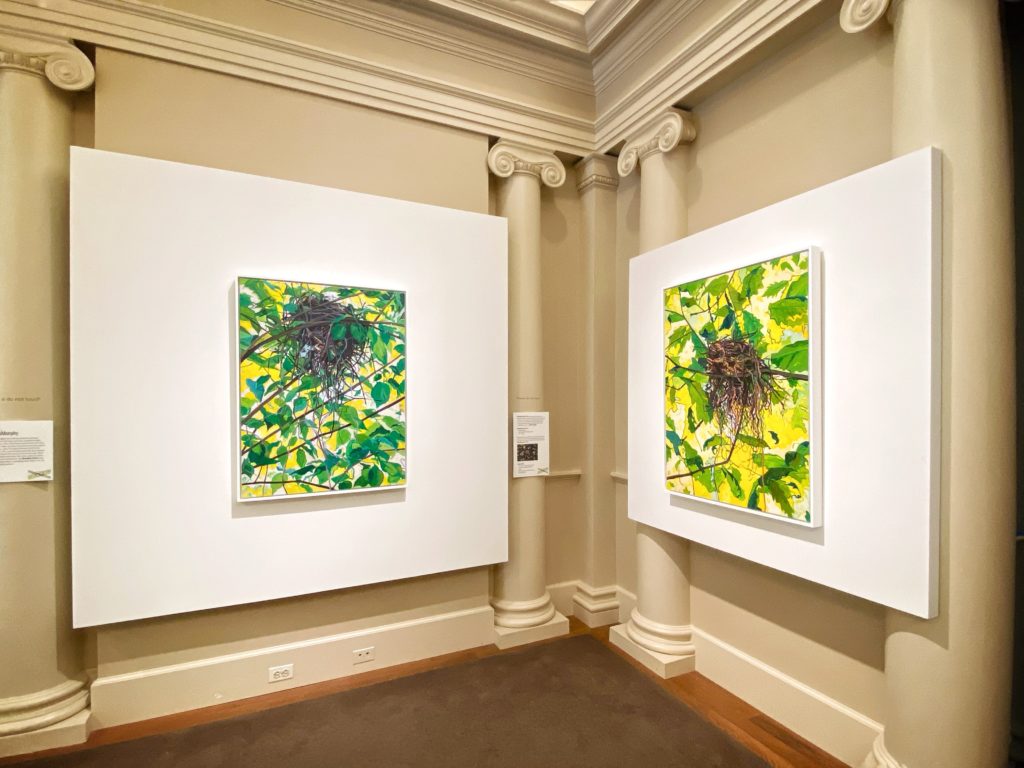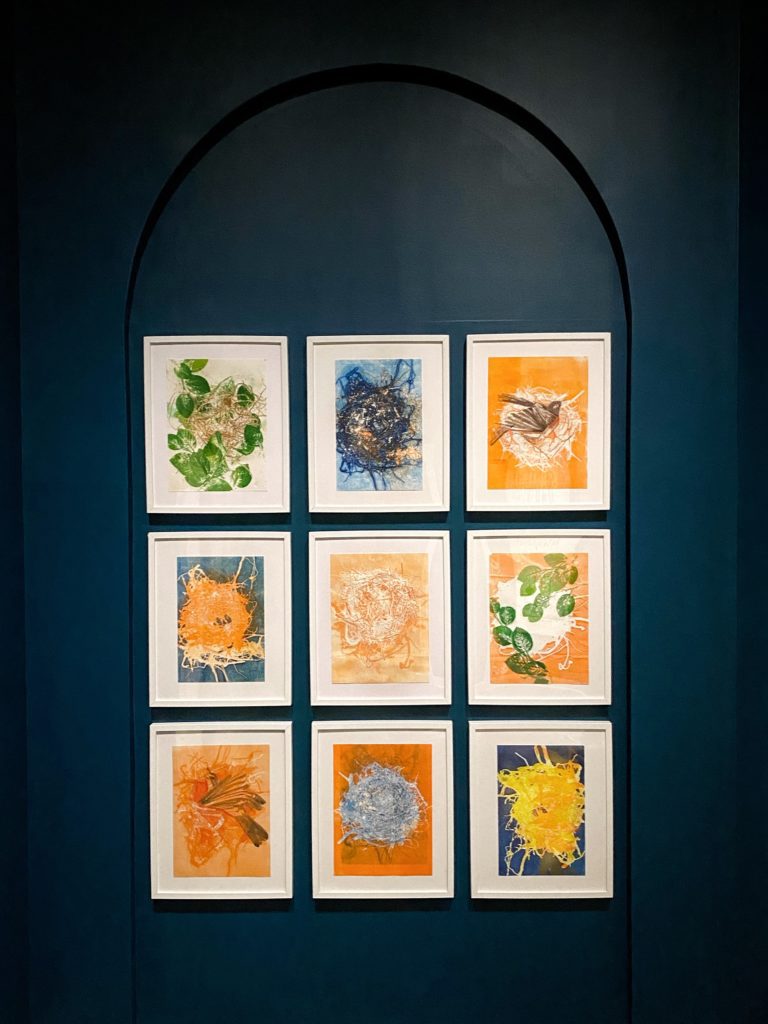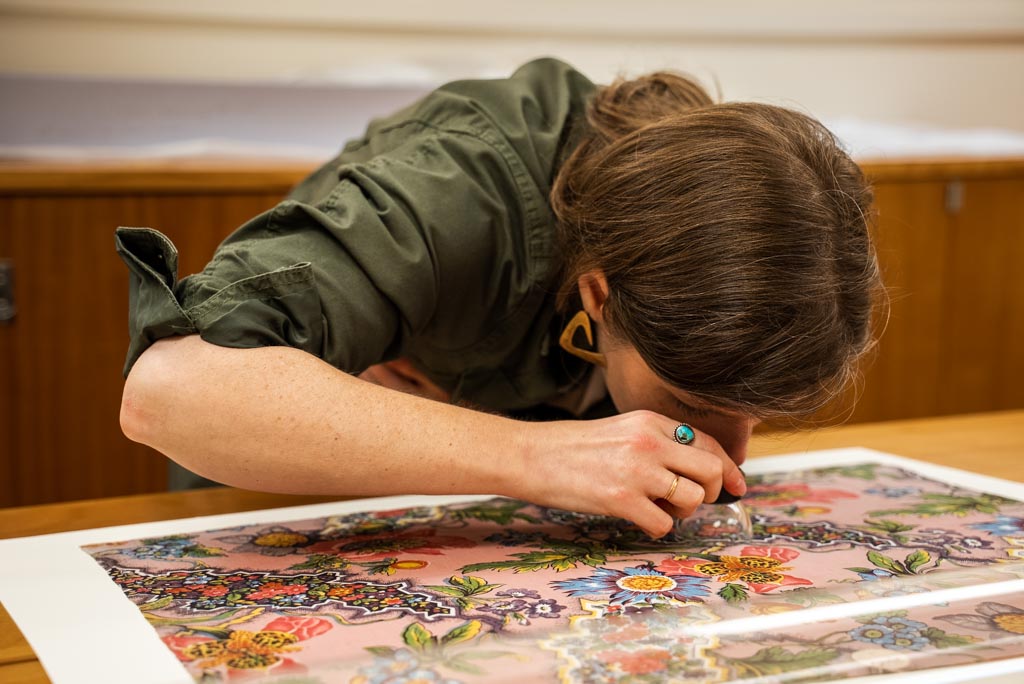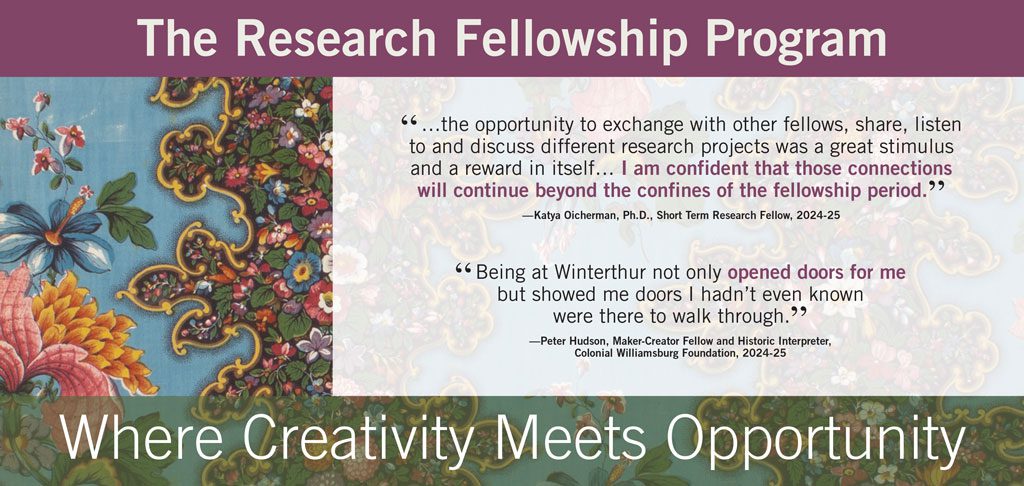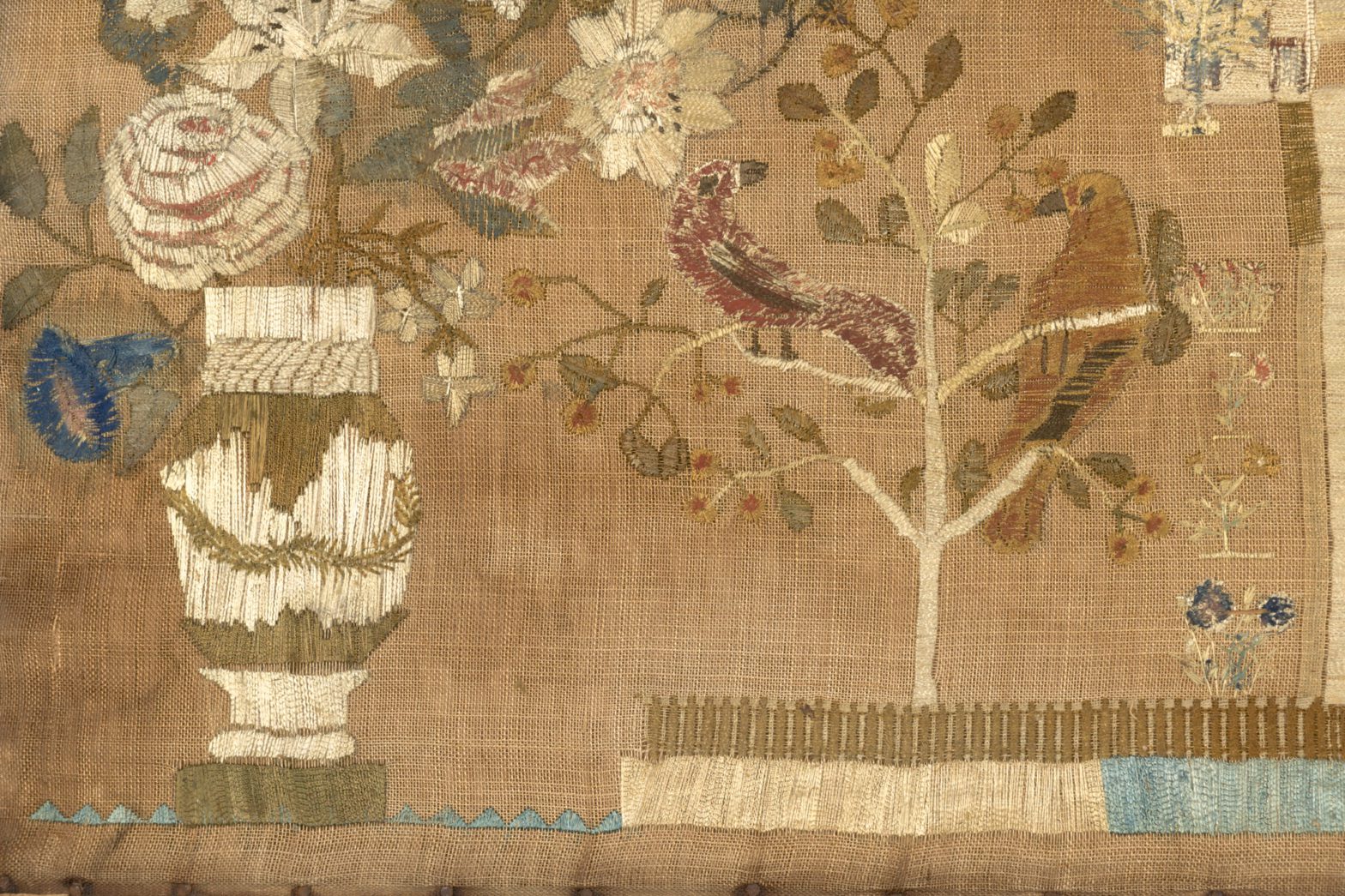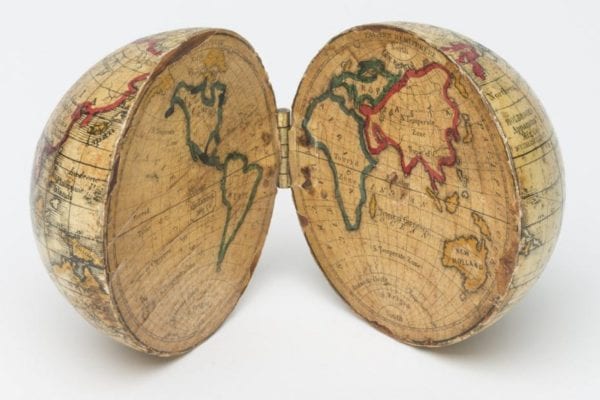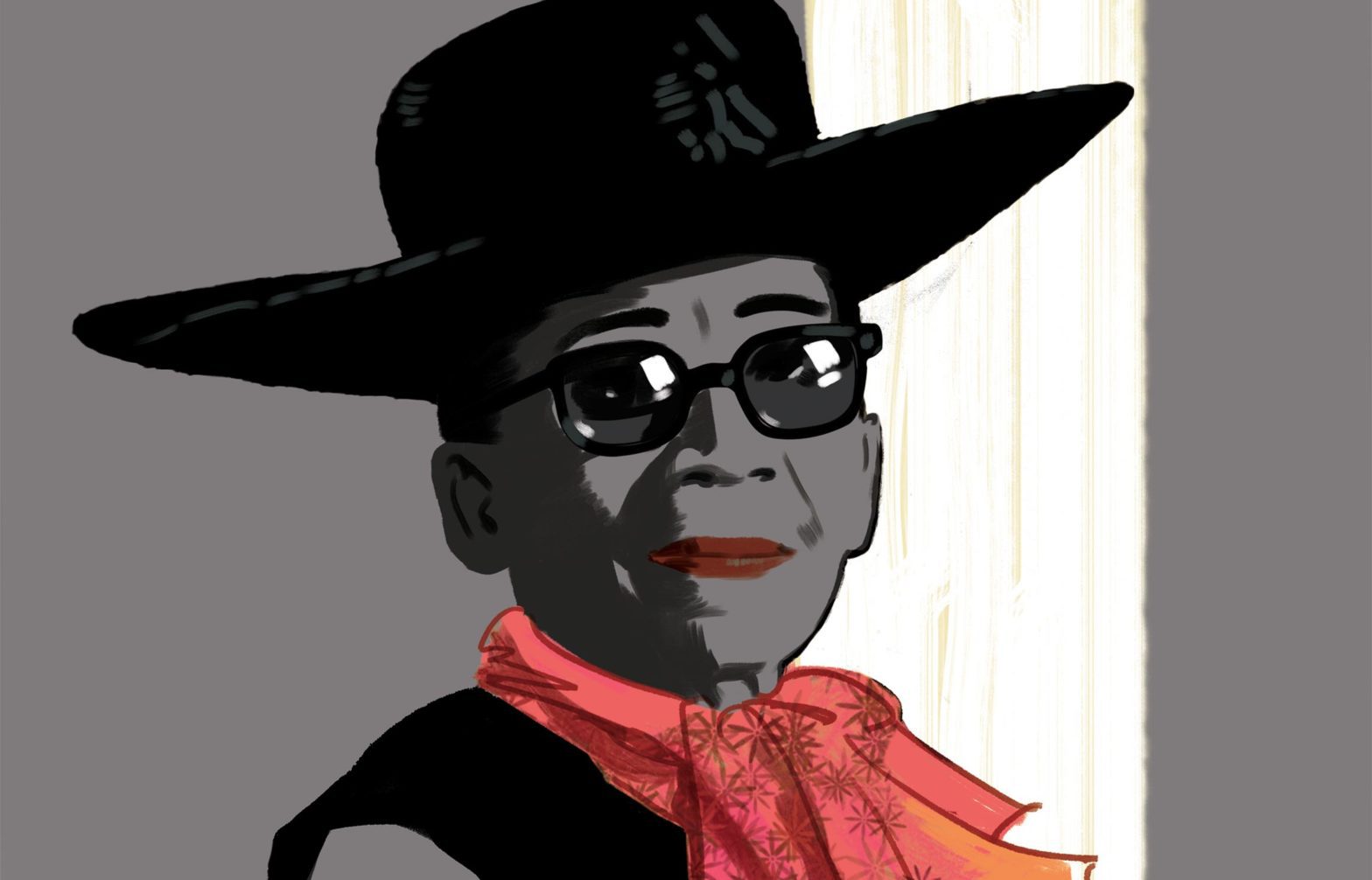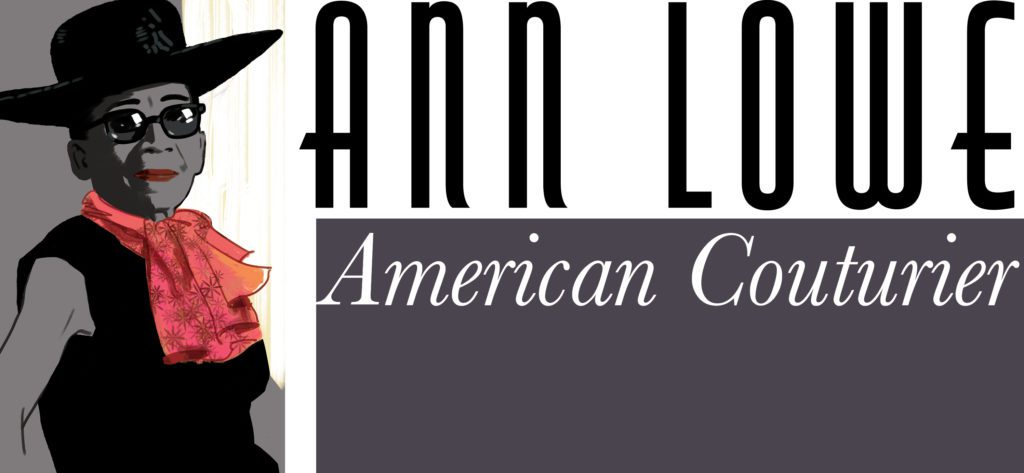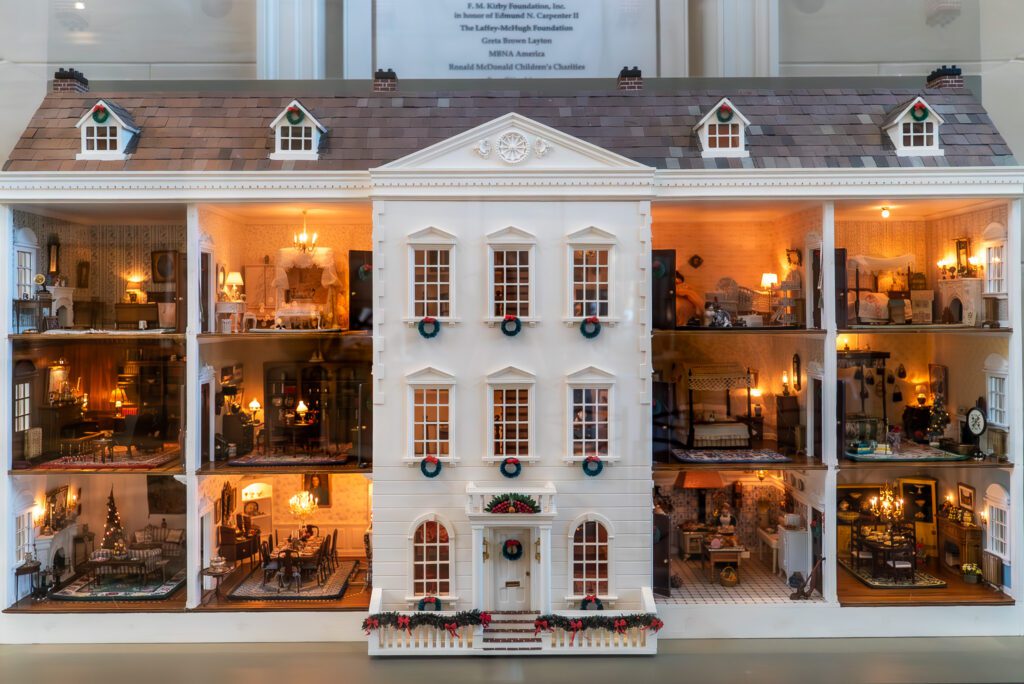
Nancy B. McDaniel was an interior decorator and collector who was well-acquainted with Winterthur. Inspired to create her own doll mansion after viewing Queen Mary’s Dolls’ House at Windsor Castle in England, Nancy ultimately created her “dream house” in much the same way that Henry Francis du Pont did, albeit on a smaller scale. Her keen eye for meticulous detail and design inspired a collection of more than 1,000 intricate miniature objects that now fill this prized possession. In recognition of the sympathetic vision that Nancy and H. F. du Pont shared, Nancy’s custom-crafted dollhouse was gifted to Winterthur in 2015.
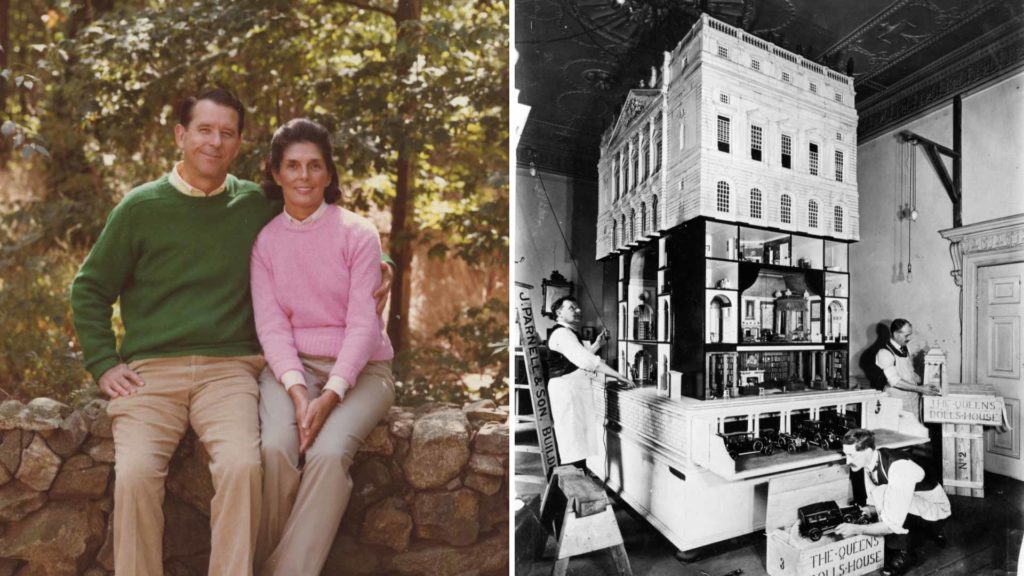
Left: Nancy McDaniel and her husband Jack McDaniel. Photo courtesy of Jack McDaniel. Right: Queen Mary’s Dolls’ House.
In 2016, through funding provided by the University of Delaware Undergraduate Summer Scholars Project, two art conservation students cleaned, repaired, inventoried, and reinstalled the incredibly detailed contents of the three-story, 18-room dollhouse. The sparkling display on view today reflects miniatures arranged in a manner true to Nancy’s vision. Each year, Winterthur looks forward to displaying this charming treasure during Yuletide.
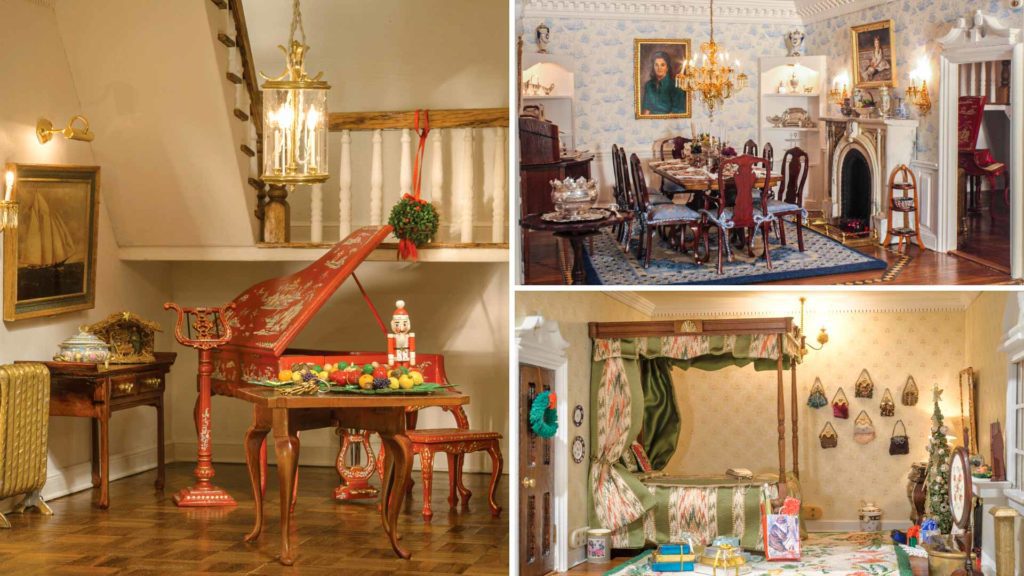
We hope that visitors of all ages will delight in this miniature mansion decorated for the holidays! Visit Winterthur this season and enjoy the display in the Galleries building.
